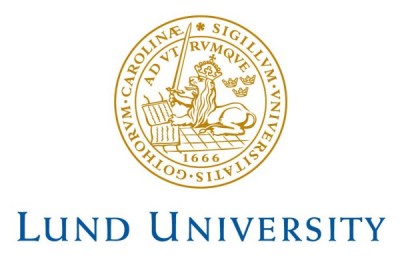Before the pancreas is a pancreas, it is just two tiny bumps - two groups of cells sprouting from a central tube. What makes these cells bud off from the main group? How do they go on to make all the cell types of the mature pancreas? These are the kinds of questions that drive the research efforts of Vanderbilt developmental biologist Chris Wright and colleagues. The answers could pave the way toward limitless supplies of pancreatic cells for transplantation therapy of diabetes.
"It has been established that islet cell transplantation can solve the diabetes problem," said Wright, referring to studies carried out in Edmonton, Canada and elsewhere. "The problem is having a suitable and sufficient source of transplantation material."
Donated pancreases and the technical expertise required to isolate functioning islet cells--the pancreatic cells that produce insulin--will not meet the demand, Wright said. An alternative, he said, is to produce insulin-secreting cells from embryonic or other stem cells.
"If we can identify the factors that determine pancreatic cell fate," he said, "we might be able to coerce embryonic stem cells or other cells to turn into pancreas."
One of these factors is a gene called PTF1p48 (p48 for short). Wright and colleagues reported in Nature Genetics, published online August 19, that p48 is required for the development of the pancreas, both its exocrine cells--those that secrete digestive enzymes--and its endocrine cells--those that secrete insulin and other hormones.
Continue Reading Below ↓↓↓
Wright's team used what one reviewer of the paper called "a novel and powerful cell marking method" to track cells in the mouse that express the p48 gene, starting very early in embryonic pancreas formation. The method relied on genetic manipulations to introduce an inherited marker--a blue color that could be followed in cells that turned on the p48 gene, and in all the cells that came from those cells.
A simple way to think about the technique, Wright said, is to picture the crowd at a football stadium and to imagine that somewhere in the stadium, for a limited time, a man gave away unique blue hats and asked people to wear them. "Now we can follow the people who got hats, no matter where they go," Wright said. "Whether they go to get a hot dog or leave the stadium entirely, we can find them."
Using the technique, the investigators found and followed the cells that turned on the p48 gene--as if these cells were wearing blue hats. The cells that bud out to form the pancreas turned on p48; they were blue. And the cells of the mature pancreas were blue too.
Wright's team combined this powerful method for tracing a cell's lineage with gene knockout technology. They engineered mice to lack the p48 gene, causing abnormal development of the pancreas. Cells in these knockout mice still try to turn on the p48 gene, so the investigators were able to follow the blue marker in these cells.
They found that, with p48 absent, the cells that normally express p48 and go on to form pancreas became intestinal cells instead. And they became all types of cells in the intestines, including intestinal stem cells. It is the first time, to Wright's knowledge, that investigators have tracked what happens to cells when a gene that they normally turn on is missing.
"The really important point is that these cells don't just die; they go on to behave as a different tissue," he said. "That is very powerful information when you are thinking about manipulating stem cells in the laboratory. Because you know now--at least for some genes--that you can put them in or take them away and you don't kill the cells; you manipulate what they're going to become. And that's exactly what we want to do therapeutically."
Wright believes that linking lineage tracing and gene knockouts will become increasingly common. "It adds extra depth to understanding cellular behavior," he said. He is also enthusiastic about fluorescent variants of the lineage tracing technique that will allow investigators to follow living cells as they change fates.
And he is excited about his group's ongoing studies with p48. The team is currently introducing the p48 gene into cells that would normally become intestinal cells, to see if they change their fate and become pancreatic cells instead.
"If we can do that," he said, "we're a big step further towards knowing that p48 is one of the gene triggers that you might want to put into an embryonic or other stem cell to make pancreas."
Those "other" stem cells could be circulating blood stem cells or even cells within the pancreas that could potentially regenerate the organ, so-called pancreatic stem cells. They appear to exist in mice, which are capable of pancreatic regeneration, Wright said. It is not so far-fetched, he added, to believe that human beings harbor such cells. Identifying the genes, such as p48, expressed by pancreatic progenitor cells forwards efforts to find pancreatic stem cells.
Continue Reading Below ↓↓↓
Wright's Nature Genetics co-authors are: Yoshiya Kawaguchi, Bonnie Cooper, Maureen Gannon, Michael Ray, and Raymond J. MacDonald.
Source: Vanderbilt University Medical Center










